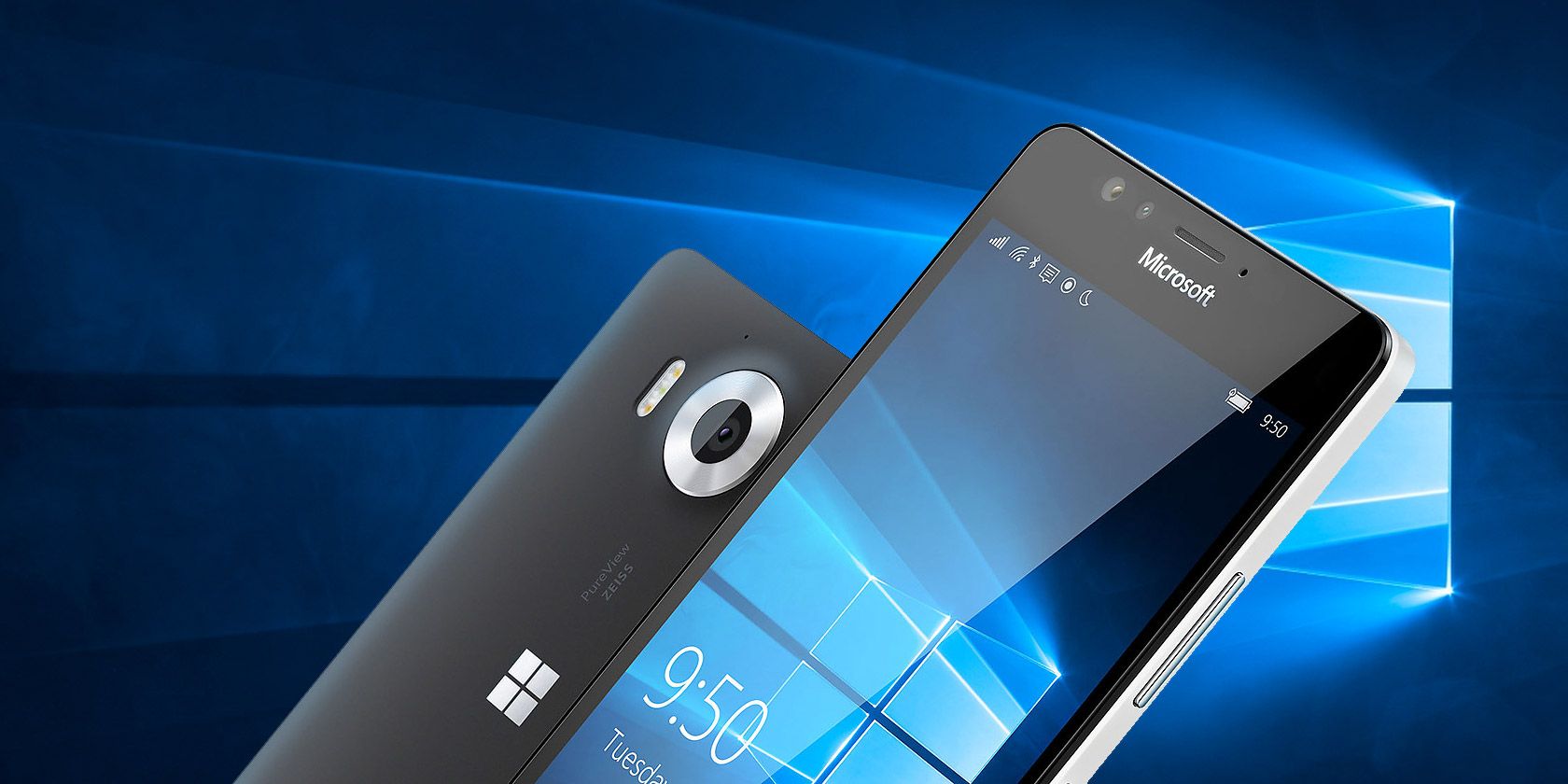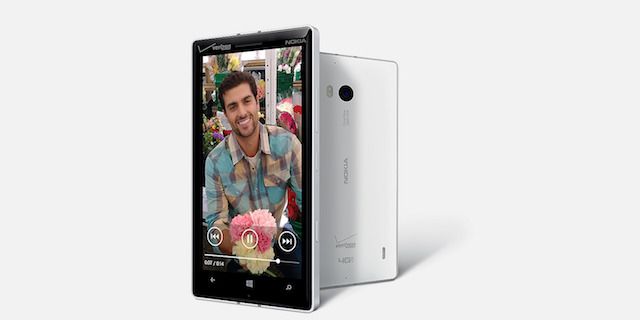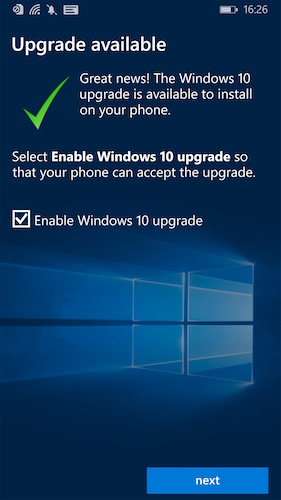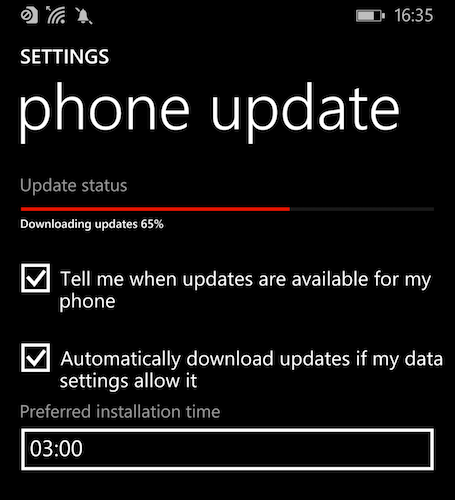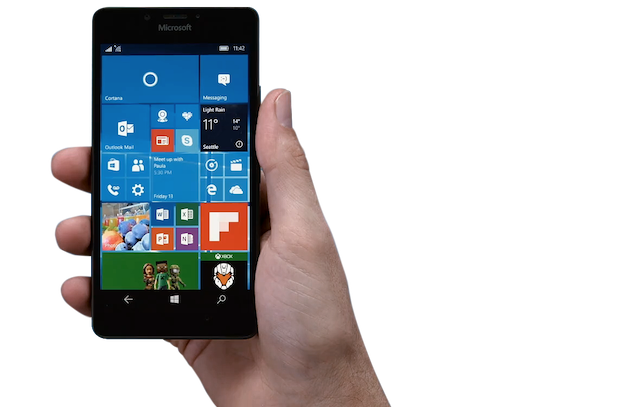Late last week, Microsoft released Windows 10 Mobile, the long-awaited update to Windows Phone 8.1.
It's been a long time coming. Although it was scheduled to be released last November, Microsoft repeatedly pushed back the release date, as they ironed out the kinks and bugs that permeated it.
Now, it's ready. Provided you own the right kind of phone, you can upgrade — and you really should. Here's everything you need to know about making the switch to Microsoft's latest and greatest mobile operating system (OS).
Phones Supported by Windows 10 Mobile
Sadly, not everyone with a Windows 8.1 smartphone will be able to upgrade to Windows 10 Mobile. Microsoft has made the update available to a selection of devices, with far too many left out in the cold. You can see the full list of eligible devices here and below.
- BLU Win HD w510u,
- BLU Win HD LTE x150q,
- MCJ Madosma Q501
- Lumia 1520
- Lumia 930
- Lumia 830
- Lumia 730
- Lumia 735
- Lumia 640
- Lumia 640XL
- Lumia 635 1GB
- Lumia 636 1GB
- Lumia 638 1GB
- Lumia 540
- Lumia 535
- Lumia 532
- Lumia 435
- Lumia 430
The decision to limit what phones can get the upgrade has been controversial for a few reasons.
Firstly, some devices were advertised as being upgradable to Windows 10 Mobile on the launch day, which ultimately proved not to be true. The Blu Win Jr, for example, was advertised for over a year as being eligible for Windows 10 Mobile. Even after it was announced that it wouldn't receive the upgrade, Microsoft continued to sell the phone in some markets as being upgradable.
Secondly, many devices which received builds of Windows 10 Mobile as part of the Windows Insider program did not receive the update. These phones include the Lumia 1020, 925, and 920, various HTC devices, as well as the Lumia Icon, which is the flagship Lumia phone for the Verizon network.
Just looking at the Windows Phone sub-Reddit, you can tell that the owners of these phones are pretty bitter, and feel as though Microsoft has pulled a serious bait-and-switch move on them.
Microsoft has said that they don't plan to release a second round of updates for those who missed out first time around. If you're one of them, the only way you'll be able to get Windows 10 Mobile is by purchasing a new smartphone.
Installing Windows 10 Mobile
Microsoft's strategy for disseminating Windows 10 on the desktop was one of aggression and persistence. Users were literally bombarded with pop-ups asking them to upgrade, and they sneakily tried to force installs through the Windows Updater. But for Windows 10 Mobile, they're taking the softly-softly approach.
If you want to upgrade, you'll first have to download the Windows 10 Mobile Upgrade Advisor. You can download this directly from the App Store. If it isn't showing up in your search results, don't fret. You'll be able to get to it by following this direct link.
Before you run it though, I strongly recommend you back up your files and photos to your computer.
Once installed, the Upgrade Advisor will check whether your device is eligible to be upgraded. In my experience, this was a bit hit-and-miss. At one point, it said that my Lumia 640 XL (which is a supported device) wasn't eligible for the upgrade. But when I ran the Upgrade Advisor one hour later, it said the complete opposite.
If it says you can upgrade, you've just got to dive into your settings and open the update manager. Check to see if there are any available for your system, and if so, download and install them. It's worth noting that your device will have to restart (multiple times), so make sure you've saved anything that's open.
Be aware that this upgrade process is profoundly failure-prone. Installation failed a couple of times on my Lumia 640 XL, and it rolled back to Windows Phone 8.1, forcing me to start the entire process again.
Should You Upgrade?
For the most part, I'm unimpressed with Microsoft's rollout of Windows 10 Mobile. It's been a slow, tedious process, with countless missed deadlines. Worse, far too many devices won't be receiving the update, and the installer distributed by Microsoft just plain sucks.
But that shouldn't color your view on Windows 10 Mobile. Once you've mastered the installation process, you've got a solid and polished competitor to Android and iOS, although some bells and whistles are conspicuously absent.
Windows 10 Mobile has more in common with its desktop brethren than Microsoft's earlier smartphone operating systems. Its adoption of the (deeply controversial) Universal Windows Platform means that many desktop apps will be available on the mobile platform, too.
Windows 10 Mobile retains compatibility with older apps written for Windows Phone 8.1. It will also receive ports of popular iOS apps, thanks to Project Islandwood.
These are not the only synergy-focused tweaks. Notifications, for example, can be synchronized between Windows 10 on the desktop and Windows 10 Mobile. This is reminiscent of Apple's Handoff.
Don't forget Continuum. If you've got a compatible Windows 10 Mobile device like the Lumia 950, you'll be able to connect it to a monitor, keyboard and mouse, and use it as though it's a desktop computer. Something similar is being worked on for Ubuntu Phone.
Note that Continuum on the mainstream Windows 10 means something different; it allows the computer to switch between desktop and tablet mode.
Traditionally, Microsoft's mobile offerings have competed for the business productivity oriented sphere of the market. Their credentials in this sphere have only increased with the launch of Windows 10 Mobile, as it packs an enhanced office suite and improved email facilities.
Some other tweaks may be less surprising. OneDrive and Skype are increasingly baked into the system. Cortona continues to steal the show, and has seen a raft of improvements and enhancements.
Windows 10 Mobile also replaces Internet Explorer with Microsoft Edge, which is actually rather good, although no substitute for Chrome on Android.
Ready to Upgrade?
Windows 10 Mobile is a step forward. It's free and affords you access to many advanced features not available on Windows Phone 8.1. If you're eligible to upgrade, what are you waiting for?
Have you upgraded to Windows 10 Mobile, yet? Are you tempted to switch from Android or iOS? Let me know in the comments below?

